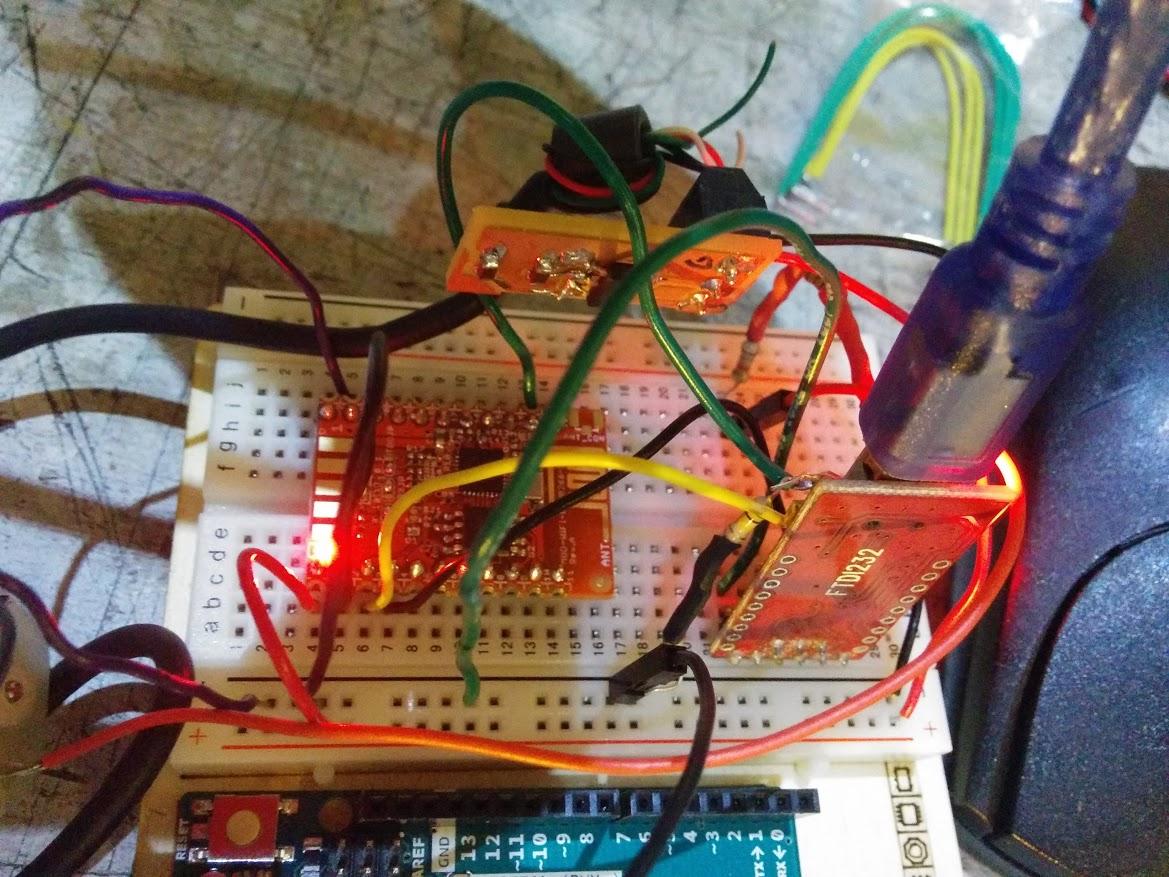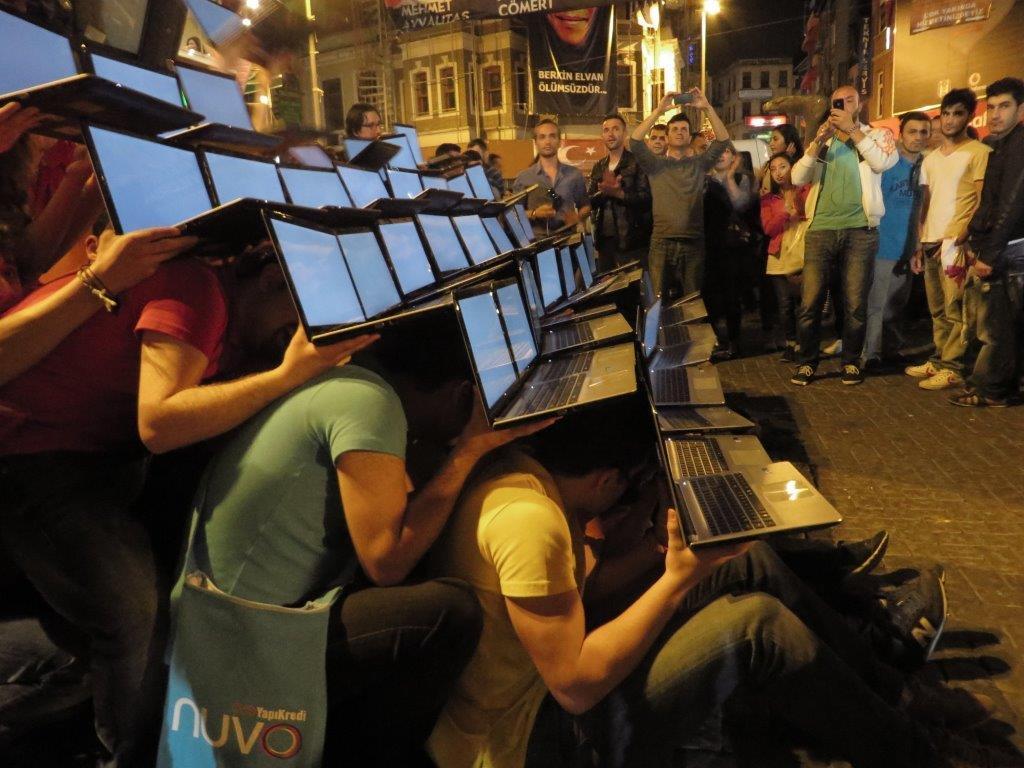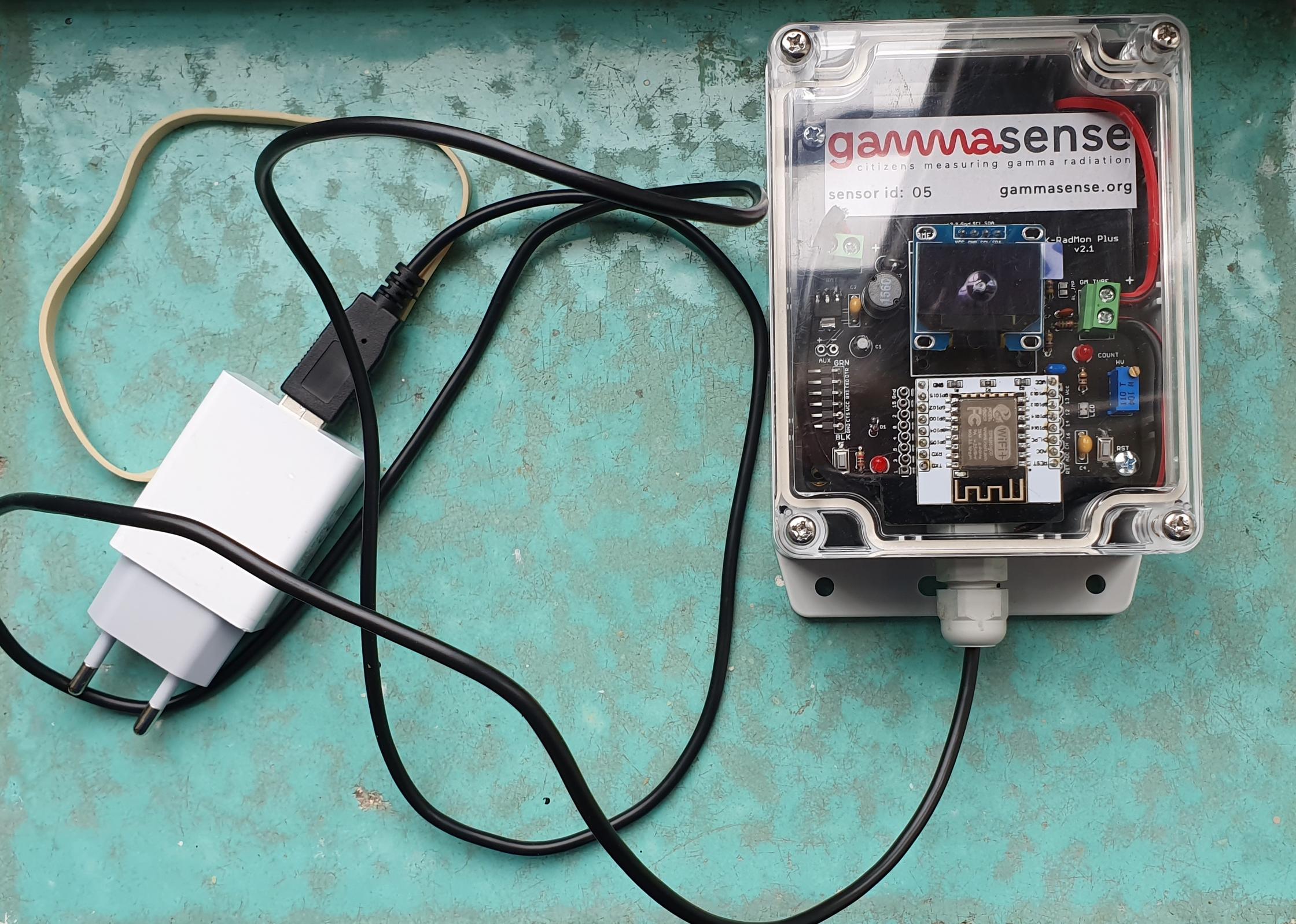The following contribution was written by Andreia Veiga, participant from the Amsterdam Smart Citizen Lab.
In the Amsterdam Smart Citizens Lab, we explore tools and applications to map the world around us. Along with citizens, scientists, and designers, we deal with themes ranging from air quality to the conditions of bathing water to noise pollution. When is the best time to take a swim in the canals? Which route is the healthiest to take to work? And what’s the real level of noise pollution in your neighbourhood?
Pilot wrap-up
Over the last half year, we invited experts to tell us more about the possibilities, impact, and relevance of citizens who take the measurement of local, environmental data into their own hands. So now, after six (almost monthly) events at the Waag, the Amsterdam Smart Citizen pilot is coming to an end – it’s time to look at the results! What kinds of solutions and prototypes did the participants come up with to improve the city? Team ‘Wind’ shares their idea.
An optimized path between A to B
We accepted the challenge from the Smart Citizens workshop series organized by Waag. Our team wanted to come up with something that would be useful to Amsterdammers. As inveterate bikers, we find wind blowing in the opposite direction and wind tunnelling through certain streets extremely annoying and a total waste of energy.
Based on this problem, we came up with the idea of placing wind sensors throughout the city, to measure wind speed and direction. This would then allow us to create a “wind map” of the city, which would provide an optimized path between points A and B. On top of that, these sensors would generate energy. So, our first goal was to find out how much energy we could generate from a small prototype.
First prototype
We managed to create a small device using a little DC motor, an ESP8266 wifi module, a small battery, and a stylish 3D printed case and propeller. When you rotate the propeller, it generates a small amount of voltage and sends that information via wifi. These are the first steps towards our larger vision. In the future we hope to improve the casing for stability and style, and analyse the collected data.
Next steps
Analyzation will both allow us to determine whether or not adding more of these sensors could make a difference in electricity generation, and help us develop an app to cross-reference the information between wind direction, speed, and the best available path between two points. We had a lot of fun developing this project and learned a lot. We look forward to other similar initiatives to give shape to our ideas!
Special thanks to: Praditha Beaufils, Jorg Bosman, Roberta Colavecchio, Guillermo José Rodríguez Fernández, Leanne Fok, Andreia Veiga (team ‘Wind’) for sharing their idea.


